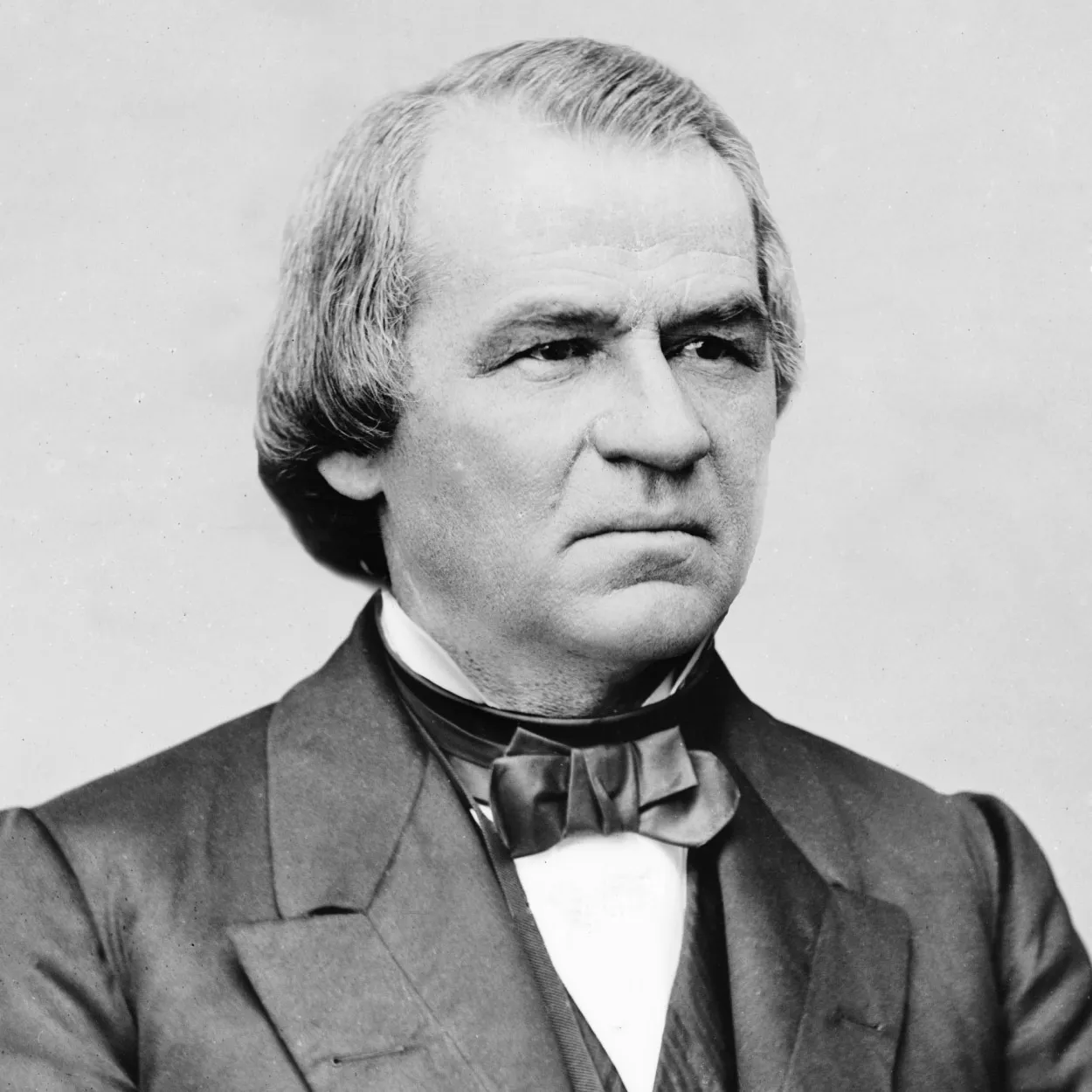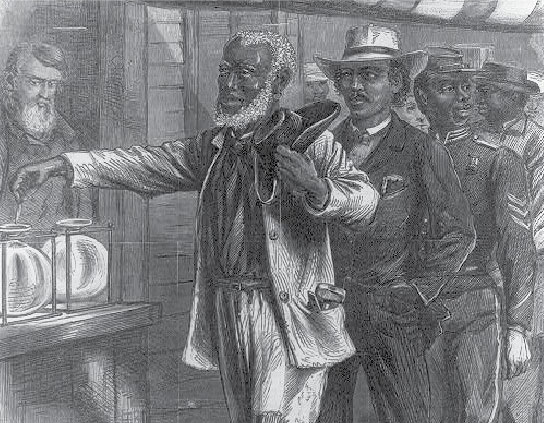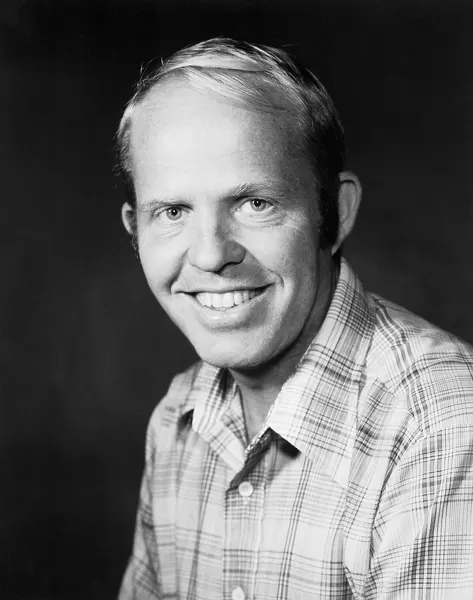Immediately following the end of the Civil War in 1865, the United States would be thrust into a period of uncertainty and imminent change. By December of the same year the thirteenth amendment would afford African Americans across the nation their freedom. Beyond the constitutional emancipation of the formerly enslaved, there was little national consensus on the next course of action.
While 1865 marked the end of the bloodiest war to that point in American history, it did not signify the beginning of peace. Generations of racism and prejudice in the southern states cultivated a seemingly inflexible social structure that regarded white people as superior to the black counterparts. As a result, hysteria and violence ensured when these social constructs were eviscerated by the thirteenth amendment. Infamously, the Ku Klux Klan was established in Tennessee as a response to the new rights that were extended to black Americans. The Klan and similar organizations sought to overturn the verdict of the Civil War through acts of domestic terrorism.
At the same time, democratic governments were regain power a crossed the south east as due to the lenient reconstruction policies enacted by President Johnson. Andrew Johnson, who was sworn into office after Lincoln's assassination, was an old fashioned democrat with southern origins. Predictably, the president held southern sympathies which influenced his political decisions. While in term, he enacted policies that gave democrats a free hand in controlling the black population and refranchised thousands of former confederates, including Jefferson Davis. Consequently, the democratic party rebuilt significant political influence in the south through campaigns that promised to restore the southern way of life.
Under these redeemers governments, called such because they sought redemption for the loss of the Civil Warm, the rights of African Americans were flagrantly and consistently violated. One such example can be found in the Black Codes which were designed to ensure that there was as little change from slavery to freedom as possible.
Within this legislation was a Vagrancy Clause which outlawed joblessness and homelessness among African Americans. Since it was not uncommon for recently freed black citizens to be without a home or a job, many were arrested and fined. If the defendant could not pay their fee, which was a common outcome considering the socioeconomic status of many African American during this point in history, they would be forced to work for free. Essentially, democratic governments crafted a means to effectively bypassed the thirteenth amendments and reinstall a from of black servitude with their society.
Expectedly, tensions rose between the races and boiled over in May of 1866 with the Memphis Massacre where forty-eight Americans were killed. Unfortunately, this was not an isolated event as additional forty people died due to mob violence in New Orleans. In other locations, there was casual interracial violence and arson, prompting the federal government to reconsider its approach on reconstruction. By 1867, the federal government had reenkindled its efforts to rebuild the south with the proposal of the fourteenth amendment and the instatement of the first military reconstruction act. Furthermore, the central government demanded that southern states revise and reconstruct their constitutions to align with the progressive policies of the reconstruction era.
The first three years immediately following the Civil War as discussed in this blog are considered to be the most most momentous, hopeful, and fearful in African American history. It was an era wherein the people of the United States attempted to rebuild their country in a way that would match the ideals set forth in the founding documents. Simultaneously, the commitment of blacks to the practice of democracy was revitalized which led to greater progression as the nation moved through the latter half of the nineteenth century.








No comments:
Post a Comment